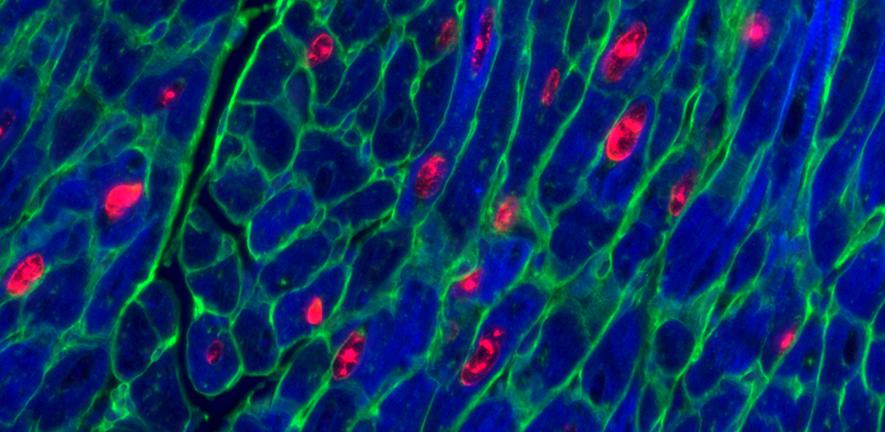
Anyone who has survived a heart attack will never be completely healthy again seeing that heart cells cannot be regenerated naturally. Scar tissue develops after a heart attack, which in itself helps to keep the organ together. But this tissue does not match the heart in the way that healthy cells do. Over time, this can also lead to more heart attacks and even to death in many cases.
At least, that is how it has been up until now. Researchers at the University of Cambridge have more or less accidentally stumbled across a gene that stimulates the regeneration of heart cells. The discovery was made during research into cancer treatments.
Heart failure affects 23 million people every year
The university tried to switch off the gene that is responsible for metastases in mice. This is called the Myc gene. However, by making the gene overactive in combination with another gene, something unexpected happened – heart cells started to regenerate.

“This is really exciting,” says lead researcher Catherine Wilson. “None of the current treatments for heart disease are capable of reversing the heart tissue degeneration. They only slow down the progression of the disease. Now we’ve found a way to do this in a mouse.”
Heart failure affects approximately 23 million people around the world each year which makes it one of the biggest public health problems. After a heart attack, an adult human heart can lose up to one billion heart muscle cells, known as cardiomyocytes. The research was published this week in the science journal Nature Communications.
Myc and Ccnt1
The cell cycle – whereby cells reproduce themselves – is tightly controlled in mammalian cells. Cancer develops when cells begin to multiply uncontrollably. The Myc gene plays a key role in this. Myc is known to be overactive in the vast majority of cancers, so targeting this gene has become one of the highest priorities in cancer research.
A great deal of recent research has focused on attempts to harness Myc as a cancer therapy tool. When the researchers made Myc overactive in a mouse model, they noticed its effect in, among other things, the liver and lungs. These are where an enormous amount of cancer cells multiplied over the course of a few days. By contrast, not so much happened in the heart.
They discovered that Myc–controlled activity in myocardial cells is highly dependent on the levels of another protein called Cycline T1, which is produced by the Ccnt1 gene. When the Ccnt1 and Myc genes become active together, the heart switches to a regenerative state and cells begin to regenerate.








